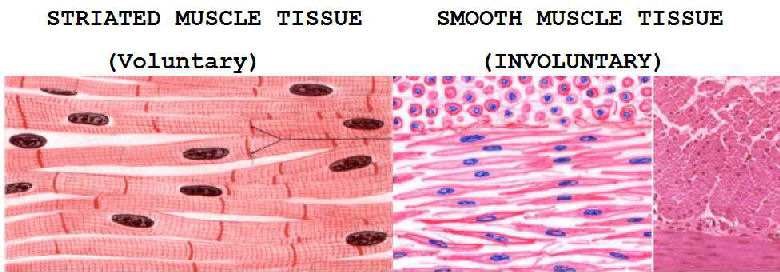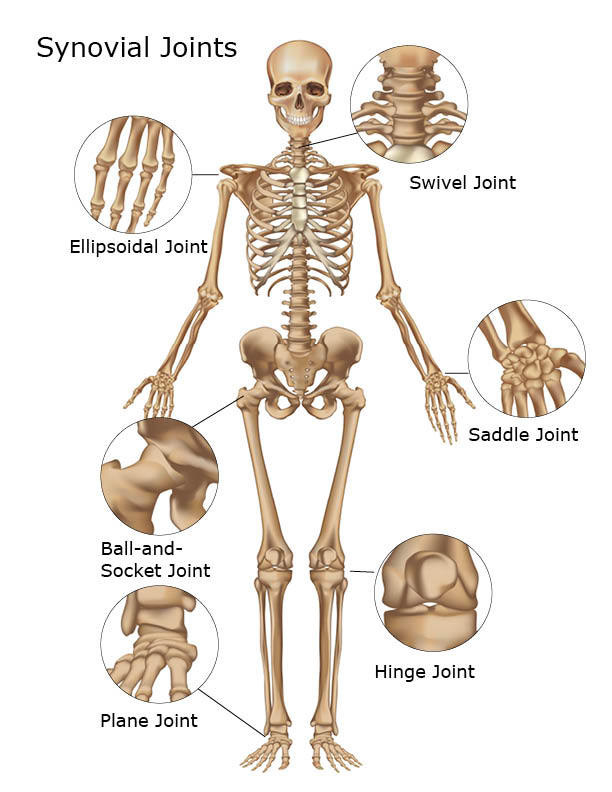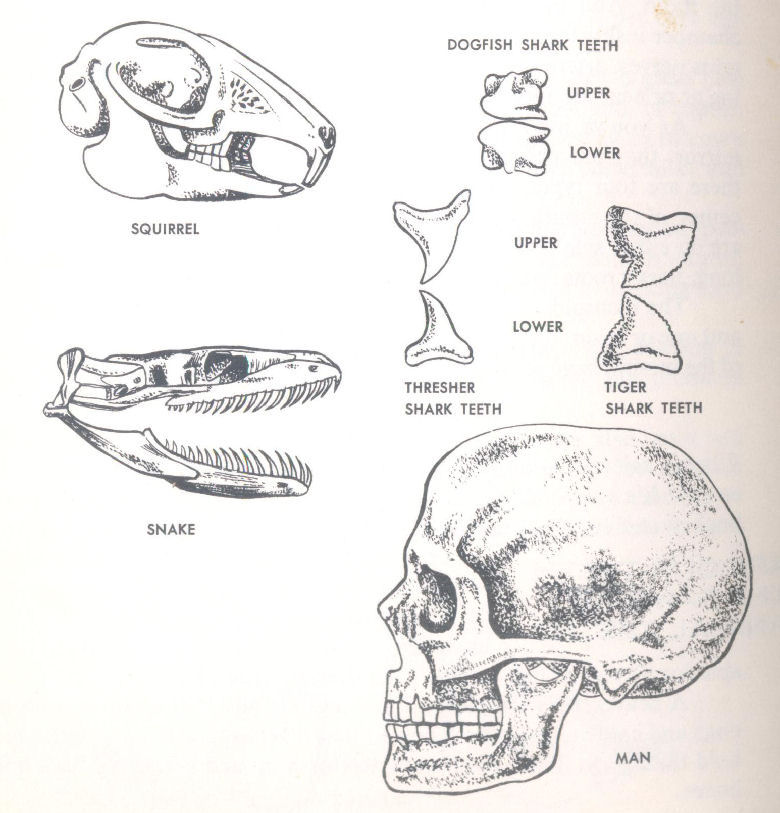194.HOW DO OUR MUSCLES WORK?
In our bodies there are certain cells which make up connective tissue — tissue that joins the various parts of the body together. All the cells in connective tissue can contract, or tighten up. In some parts of the body, these cells can contract to a special degree, so they transform themselves into muscle.
At those points in the body where muscle cells are used frequently, they multiply and join together to form a single smooth muscle composed of many fibers.
193.HOW DO OUR JOINTS WORK?
If our bodies didn’t have joints, it would be impossible for us to live as we do. We would have to lie absolutely still always, unable to move our heads, walk, raise our arms, or move a single finger! Our ability to move is possible because of the existence of joints.
Wherever two bones glide over one another, a joint exists. A joint allows the bones to glide smoothly with very little friction. This is because the ends of the bones are covered by cartilage so that they don’t really rub against each other.
192.ARE OUR TEETH THE SAME AS PRIMAL TEETH?
When a scientist who has been digging for fossils or other remains of ancient life turns up with some teeth, he is very happy. Teeth are an Important clue as to the kind of creature it was that lived there.
For example, beasts of prey have tearing teeth, rodents have gnawing teeth, and cattle have grinding teeth. Every animal—whether horse, cow, mouse, cat, or dog—has teeth suitable for its way of life, its food, and even its general nature.




